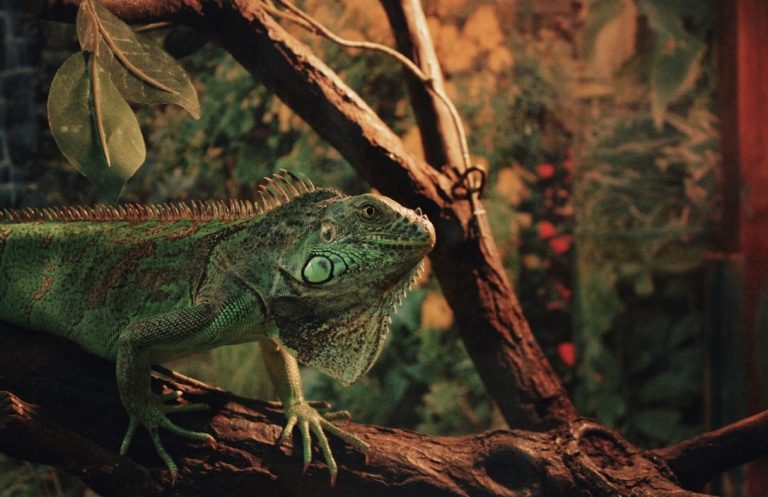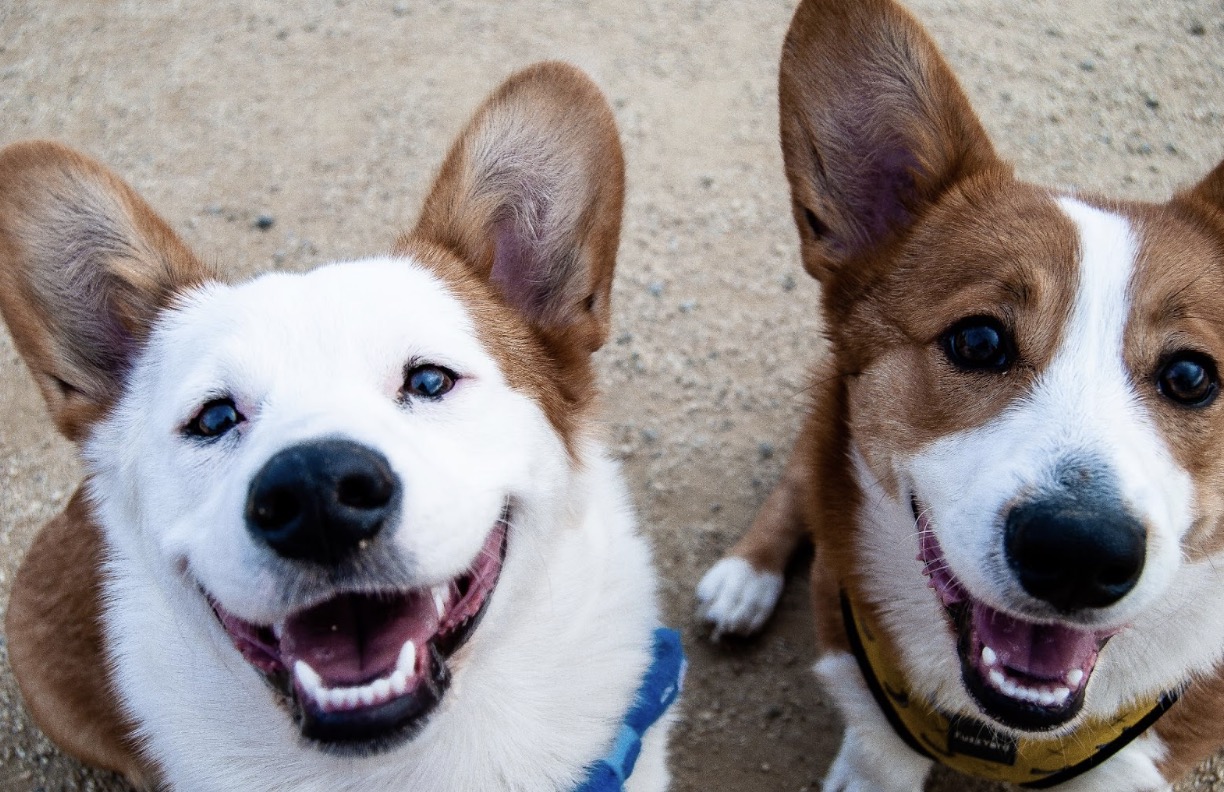Integrating dogs and reptiles in the same household presents a unique challenge for pet lovers.
These animals, vastly different in their evolutionary backgrounds and needs, require careful understanding and management to coexist peacefully.
Dogs, with their social and adaptable nature, differ significantly from the more environment-sensitive reptiles.
The key to harmonious living lies in appreciating and catering to the distinct requirements of both.
Understanding the Basic Needs of Dogs and Reptiles
Dogs, as social creatures, thrive on interaction and require regular exercise and a balanced diet. Their adaptability to various environments contrasts with the more specific needs of reptiles.
Reptiles demand controlled habitats with precise temperature and humidity, along with species-specific diets. While dogs adjust to environmental changes more easily, reptiles can be sensitive to disruptions, making understanding these needs critical for cohabitation.
Assessing Potential Challenges in Coexistence
Coexisting dogs and reptiles can lead to unique challenges. Dogs’ instinctual behaviors, such as chasing, can be stressful or dangerous for reptiles. Conversely, the presence of dogs can induce stress in reptiles, impacting their health and behavior.
Understanding and managing these natural instincts is vital to prevent negative interactions. Effective management includes creating separate, safe spaces and closely monitoring interactions to ensure the well-being of both pets.
Creating a Safe and Structured Environment
Designing a safe and structured environment is crucial for the coexistence of dogs and reptiles. The first step is to establish separate living spaces.
For dogs, a comfortable area where they can relax and play is essential, while reptiles require an enclosure that mimics their natural habitat, with precise control over temperature and humidity.
Creating safe interaction zones is the next critical step. These are designated areas where controlled introductions between the dog and the reptile can take place.
It’s important to start with short, supervised sessions, gradually increasing the duration as both animals become more comfortable with each other. This gradual introduction helps in reducing stress and potential aggression.
Constant supervision is non-negotiable during these interactions. A dog’s playful swat or a reptile’s defensive bite can happen quickly, so an owner’s presence is necessary to intervene if the interaction takes a negative turn.
Monitoring these interactions also helps in understanding the body language and comfort levels of both pets, allowing for adjustments in future sessions.
Training and Behavior Management
Training dogs to behave calmly around reptiles is a process that requires patience and consistency. Basic obedience training, including commands like ‘sit’, ‘stay’, and ‘leave it’, is foundational. Also, use a positive reinforcement strategy.
Introducing the dog to the reptile’s scent before actual visual contact can be beneficial. This scent introduction helps the dog to become familiar with the reptile without the overstimulation of a direct meeting.
Understanding reptile behavior and stress signals is equally important. Reptiles may not show stress as obviously as dogs, but signs like excessive hiding, changes in eating patterns, or aggression are indicators.
Recognizing these signs helps in managing interactions to ensure the reptile is not feeling threatened or stressed.
Interpreting interactions between dogs and reptiles involves understanding the body language of both.
For instance, a dog’s intense stare can be intimidating for a reptile, and a reptile’s sudden movement can trigger a dog’s chase instinct. It’s about finding a balance where both animals feel secure and not threatened.
Health and Hygiene Considerations
Cohabitation of dogs and reptiles brings unique health risks, including the potential for zoonotic diseases – illnesses that can be transferred between animals and humans. Regular health check-ups for both pets are crucial to identify and address any health issues early.
Maintaining hygiene in a shared environment is vital to prevent cross-contamination. This involves regular cleaning of both the dog’s and the reptile’s living areas, proper disposal of waste, and ensuring that food and water sources are kept separate and clean.
Preventative measures, such as washing hands after handling either pet and avoiding cross-contamination of feeding utensils, are essential practices. Keeping the reptile’s enclosure secure is also important to prevent the dog from accessing it and potentially spreading bacteria.
Introducing Reliable Reptile Resources
Reliable reptile resources serve as a vital source of information and support for pet owners. This platform is specifically designed to enhance the understanding and care of reptilian pets, offering comprehensive guidance in various aspects of their management.
Emotional Benefits of Diverse Pet Cohabitation
- The integration of dogs and reptiles in a household offers unique emotional benefits for both the pets and their owners.
- Successfully managing such diverse cohabitation leads to a sense of achievement and enhances the emotional wellbeing of the owner.
- Observing peaceful interactions between different species can provide a deep sense of satisfaction and joy.
- The process of nurturing these interspecies relationships often strengthens the owner’s emotional connection with their pets, as they work to understand and meet the distinct needs of each animal.
- This shared journey can lead to an enriched bond, highlighting the resilience and adaptability of both the pets and the owner in creating a harmonious living environment.
Can There Be Peace?
The key lies in recognizing and accommodating the unique needs and behaviors of each species. Successfully managing this dynamic not only ensures the well-being of the pets but also enhances the quality of life for the pet owner.
The journey involves careful planning, from creating a safe environment to facilitating gradual introductions and understanding each pet’s communication cues. The emotional rewards of this process are significant, fostering a sense of accomplishment and deepening the bond between the owner and their pets.







